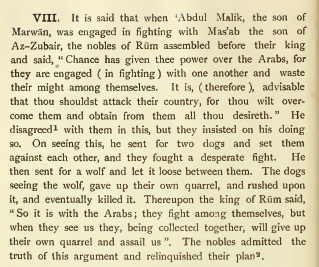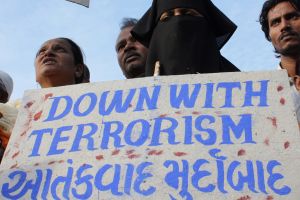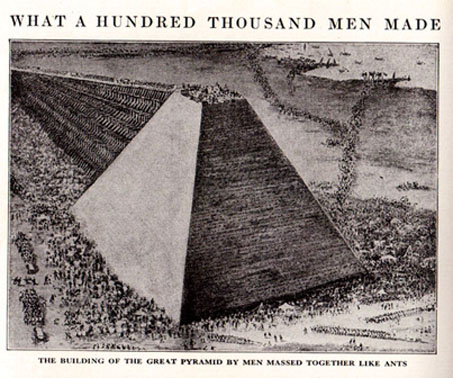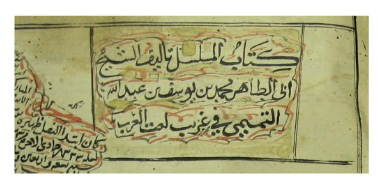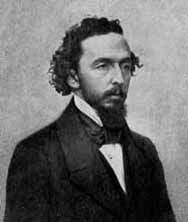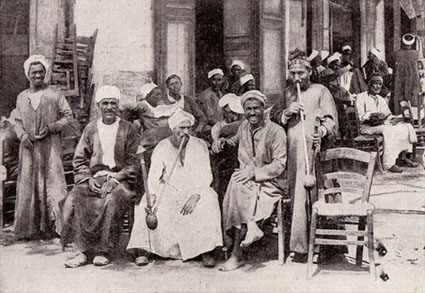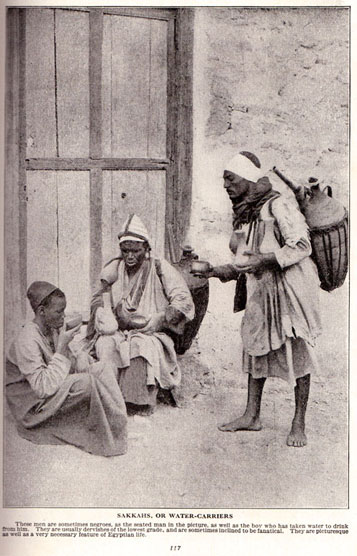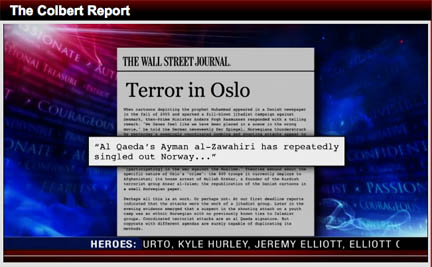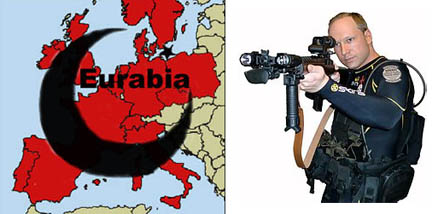
A manifesto for a Muslim-free Europe, an Infidel-free Middle East
by Imran Khan, Al Jazeera, July 24, 2011
I have just finished reading a terrifying document. It’s called 2083: A European declaration of Independence.
It’s full of advice for the budding Christian martyr. Handy tips on how to build bombs and make poisons; on how to use video games to hone your shooting skills.
I came across it on a far right website.
At 1511 pages long it’s a work of extreme prejudice – against Muslims predominantly.
Ultimately, the author wants a Muslim-free Europe.
The author’s name is Andrew Berwick. He datelines the document London 2011. He spent 3 years of his life writing it and clearly believes, with a passion, every single word.
The Norwegian media claim this document is written by Anders Behring Breivik, the suspect behind the brutal attacks in Norway.
At the end of the book are pictures of Breivik himself, dressed as a blond haired and blue eyed hero of the Knights Templar.
Christian crusaders, the book suggests, have returned and are alive, well and living in London.
His last diary entry is dated 22 July 2011. There seems to be little doubt that Berwick is Breivik.
I have covered extremists of all hues for a decade now. What worries me about this document is the parallels that exist between this and another document found in a Manchester, United kingdom flat in 2005.
That document was dubbed the ‘al-Qaeda military manual’. It has a similar theme to the 2083 document – An infidel-free Middle East; Handy tips on bomb making, etc. Continue reading Dueling Manifestos →
